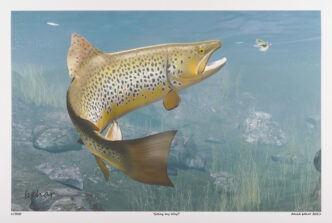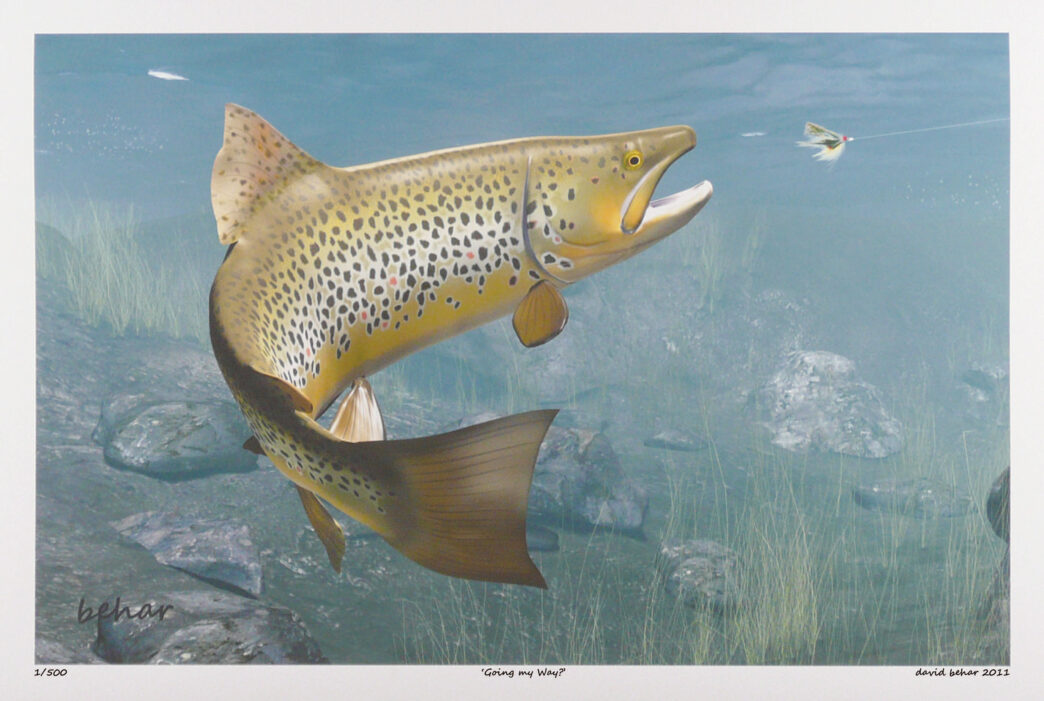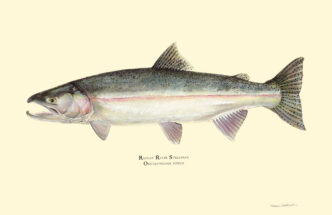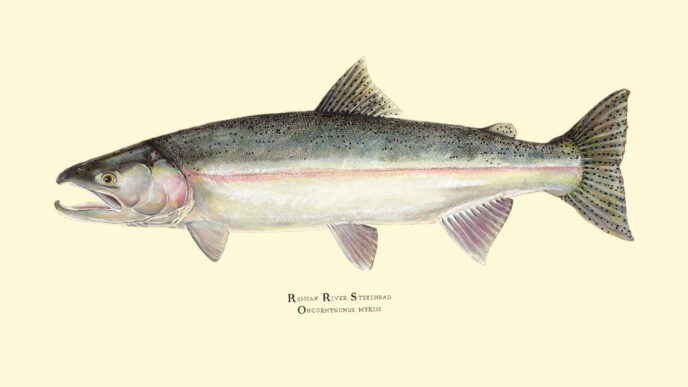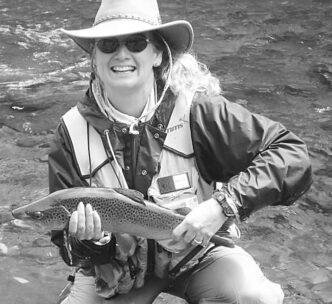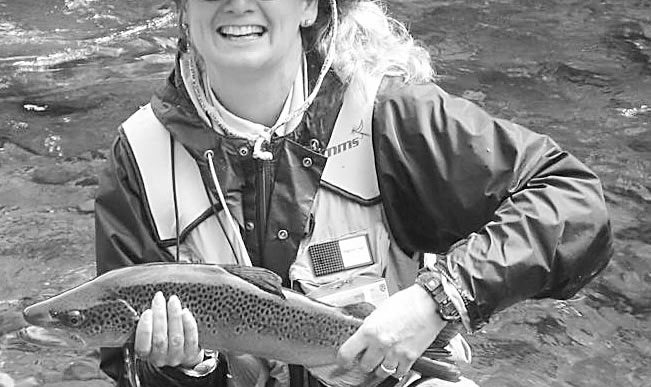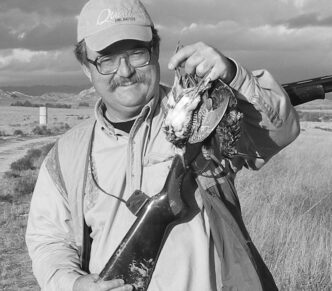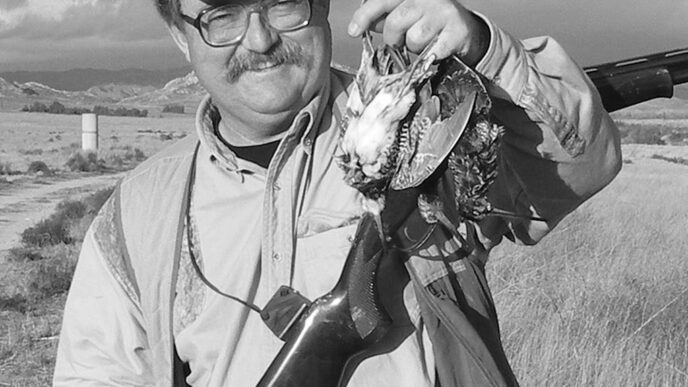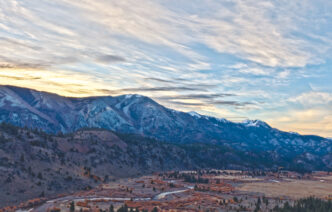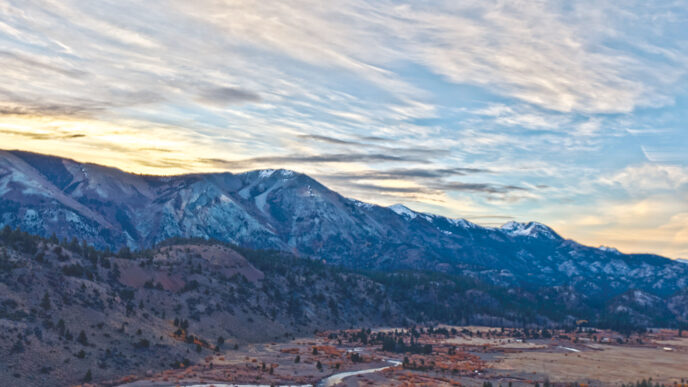Artist Statement
I’ve been a professional graphic artist working with both traditional and digital media for over 30 years. I began taking drawing and oil painting lessons in 1962, at the same time that I started to learn how to fish.
My graphic arts education continued into college, focusing on drawing and painting, and I eventually found myself employed by a company that used huge computer consoles to produce charts and slides for business presentations. When work was slow, the staff would figure out ways to create cool-looking graphics, using the software and stylus in creative ways. As artists, we soon discovered that without a traditional art background, one simply could not create anything of worth. There just weren’t any push-button shortcuts to creating high-quality graphics digitally.
Entry into the computer graphics world led me from business graphics, to graphics for aerospace, to 3-D animation and visual effects for motion pictures. I worked for eight years as a 3-D visual effects artist. My first 3-D job was the groundbreaking all-CG animated series Roughnecks: The Starship Trooper Chronicles and culminated after many feature-film projects with the innovative, effects-laden motion picture 300, based on the popular graphic novel by Frank Miller.
I use the very same software for my fish art that I had used for my visual effects work in Hollywood. Newtek’s LightWave 3D is what I use for my art, along with Adobe Photoshop and Illustrator.
I gather reference material from sources on the Internet, fishing magazines, and books. In order to keep my work fresh and original, I also like to look at what other artists are doing. I construct digital 3-D models of trout by laying out a framework of curves that define the overall shape. It’s very similar to laying out a ship’s keel and ribbing. Then I join sections of framework by applying a patchwork of polygons to the frame. These patches are the skin of the fish. I create or construct all of the elements that make up my images in a similar manner. The three-dimensional nature of these elements allows me to “rig” the fish with a joint assembly that gives me the ability to bend and pose the fish in many different configurations. It’s very cool and efficient.
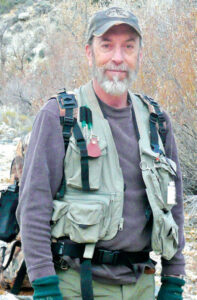
I paint the skin of the fish in Photoshop and then reapply it to the model. I use photographic images combined with computer algorithms called “fractal patterns” in a similar manner to texture and color rocks, riverbanks, plants, and distant mountains, and I make clouds with a soft, fuzzy fractal pattern called “volumetrics.” All of this requires many intricate tweaks to get the right look. I then load these elements onto a virtual 3-D set, place them into position, and add lights and a virtual camera to render the scene.
The final step is the rendering process. If there are any animated elements in the scene, I can output them to video and film. The final render can also be used to make stunning, fine-art, archival-grade prints and other print-based items. My digital fish art can be seen and purchased from my Web site, http://www.threedphish.com.
For inquiries, you can e-mail, snail mail, or call me through the “Contact Me” page on my website.
David Behar



